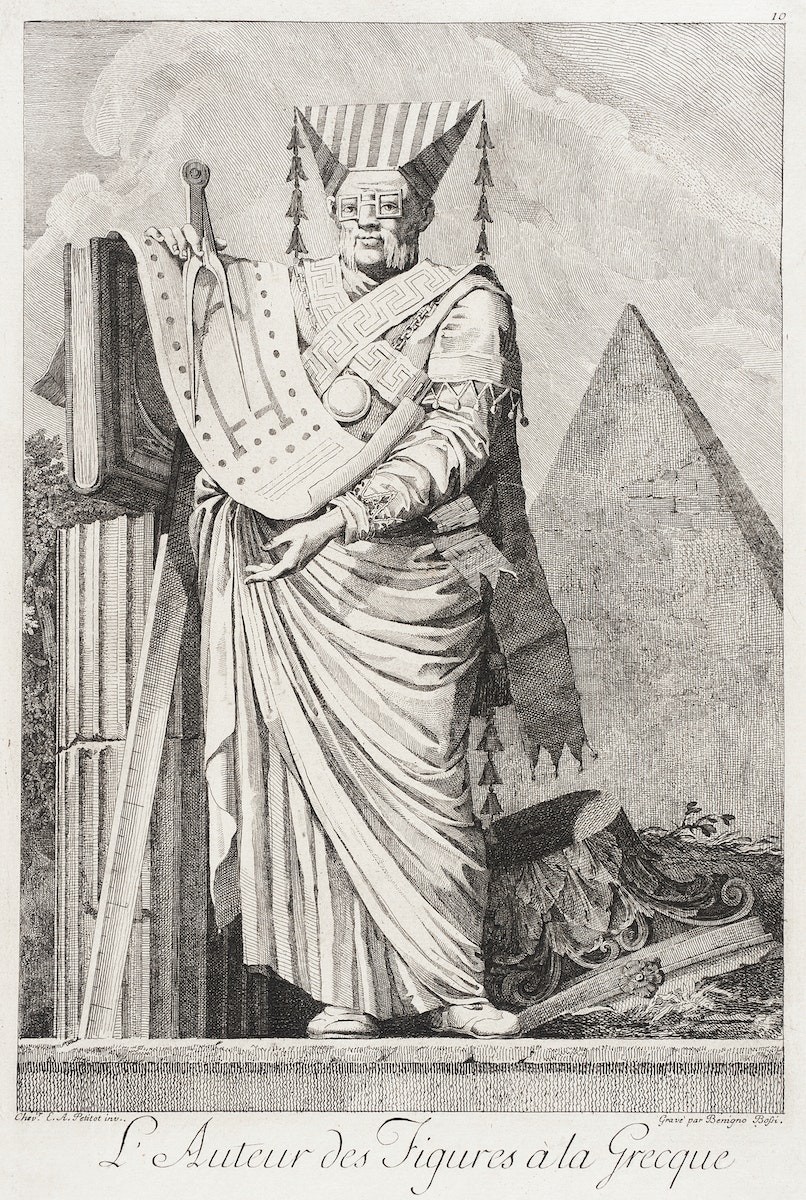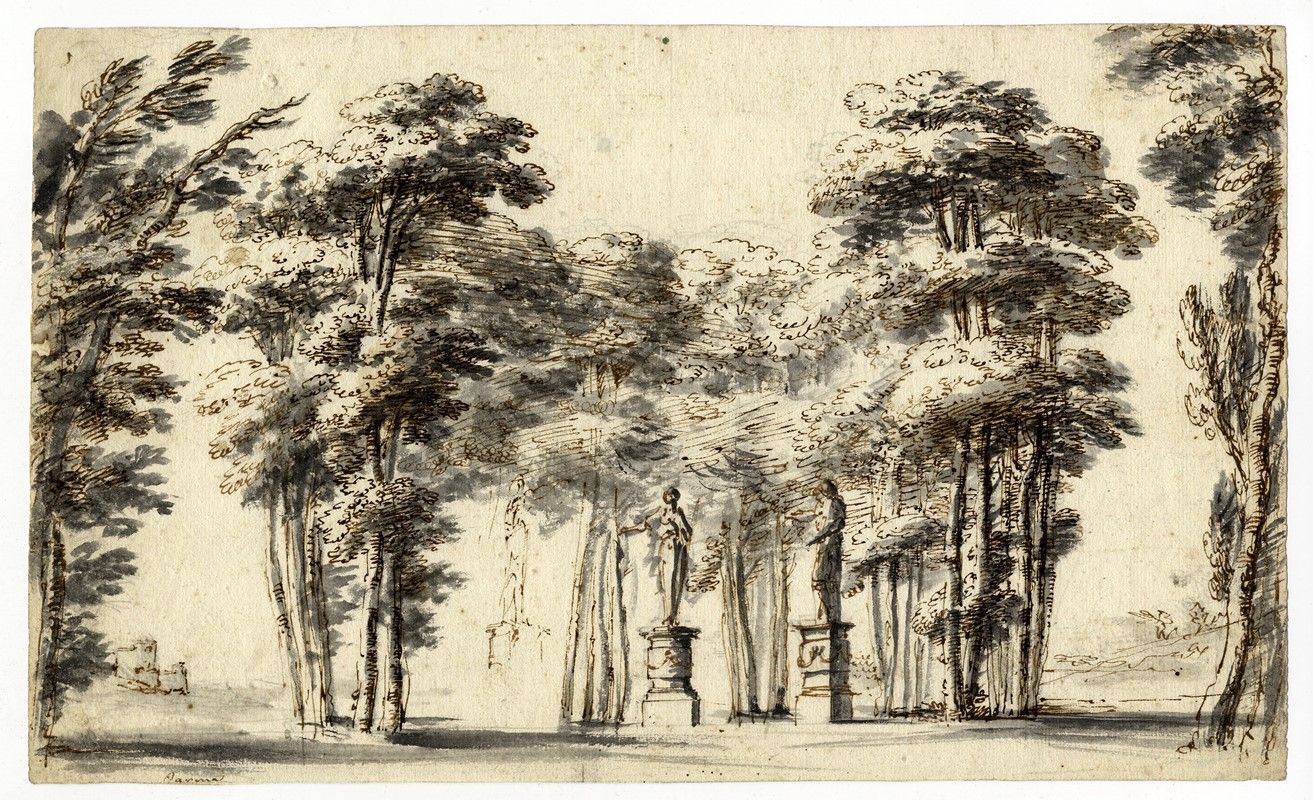Ennemond Alexandre Petitot (1727-1801) was a French-born architect, mainly active in the Duchy of Parma.
Biography
He was born in Lyon in 1727, and by 1741, he had joined the studio of the architect Jacques Soufflot. From there he moved to study at the Académie d'Architecture in Paris. From there he moved under a grant to study architecture in Rome, and was there recruited by the prime minister Guillaume du Tillot to become the architect of the recently installed Bourbon Dukes in Parma.
His projects envisioning updating the Duchy along the lines of the Neoclassical style regnant in France. Many of his ambitious projects have either been reduced, razed, or remained unfinished. He also published series of engravings on various designs for architectural decoration. Among his architectural projects in the Duchy of Parma
- Venaria (Ducal hunting lodge) at Colorno (1753)
- Apartments (1755) and staircase for Ducal Palace of Colorno
- Sculptural Vases for Ducal Garden in Parma (1754), collaboration with the French sculptor Jean Baptiste Boudard (1710-1768) similar to those found in gardens at Palace of Versailles
- Loggia at theater at Ducal Palace of Parma with Boudard (1760)
- A design for the reconstruction of the Ducal Palace of Parma (1766-1769), started but not completed
- Facade of the church of San Pietro (1761-1762)
- Plans for boulevard-promenade (1763) along what is now Stradone Martiri della Liberta (at the time, he name had changed from the Stradone Farnese to Stradone Borbone); it was to be marked at the ends by two architectural units:
- At the Western end, ant the intersection with Strada Firini, a Colonna Borbone (Bourbon column), a 90-foot monumental free-standing doric column topped by Bourbon coat of arms
- At the Eastern end, the still-extant Casino del Caffè, now Casino Petitot designed as fashionable meeting spot, but now somewhat isolated in a traffic circle
- Ara Amicitiae monument (1769, since destroyed)
- Designs for Biblioteca Palatina (1766), completed by Drugman
- Temple of Arcadia in the Gardens of Colorno (1769)
With the fall of minister du Tillot, and later the dislocations occurring Northern Italy after the French Revolution, the influence and scope of commissions for Petitot waned. He kept a teaching appointment at the Academy of Fine Arts of Parma.
References




